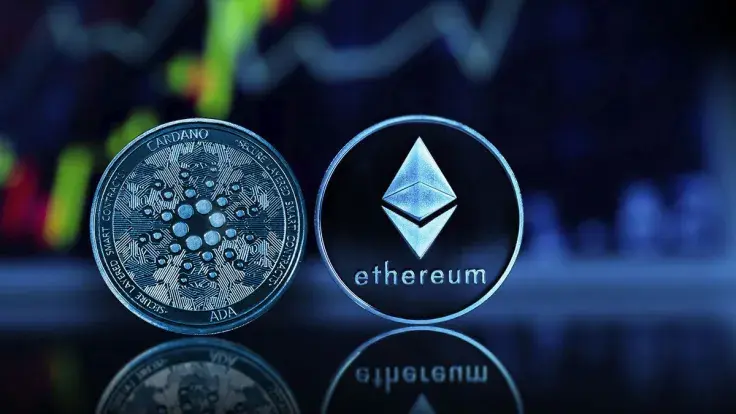
In a recent blog post, Ethereum co-founder Vitalik Buterin has brought the blockchain community's attention back to Plasma, a scaling solution first introduced in 2017. This resurgence is attributed to technological enhancements, particularly in the realm of ZK-SNARKs - a form of cryptography that enhances security and efficiency.
Plasma's comeback?
Plasma, initially set aside in favor of rollup technology, faced challenges in client-side data storage and adaptability. Buterin's new proposal suggests that these limitations could be overcome, making Plasma a viable solution once again.
Buterin outlines how validity proofs, specifically ZK-SNARKs, could simplify Plasma's framework. These proofs ensure the authenticity of each block on the Plasma chain, reducing the state that users need to download and allowing for potentially instant withdrawals in certain cases.
Furthermore, Buterin proposes extending this technology to Ethereum Virtual Machine (EVM), using a parallel UTXO graph for ETH and ERC20 tokens, simplifying the complexities associated with account-based systems.
This approach could enhance user experience and security on Ethereum’s blockchain.
Copycat accusations
The Cardano community, however, has raised concerns about Ethereum's new direction.
Members accuse Ethereum of replicating ideas from Cardano's Hydra, a layer-2 scalability solution.
Hydra aims to increase transaction speed and scalability on the Cardano network using state channels, a concept similar to Plasma.
Posts from prominent community members, including Cardano founder Charles Hoskinson himself, have accused Ethereum of borrowing ideas pioneered by Cardano.

 Dan Burgin
Dan Burgin Vladislav Sopov
Vladislav Sopov U.Today Editorial Team
U.Today Editorial Team